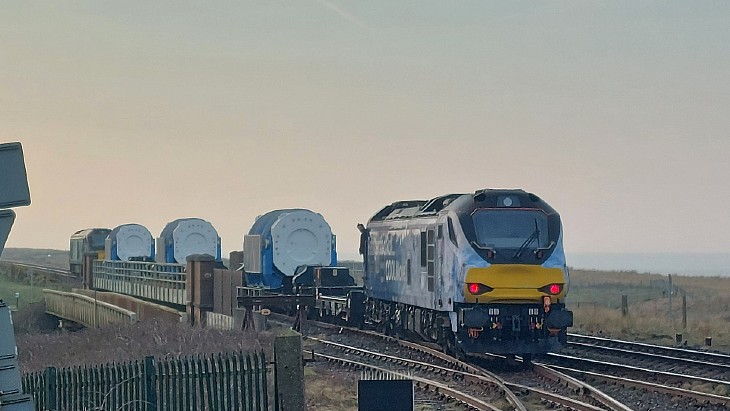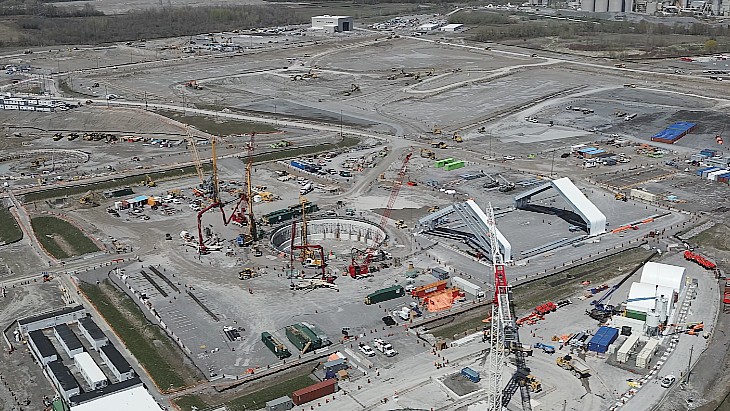Method developed for Sellafield floc retrieval
.jpg)
The tanks the material is currently stored in are no longer fit for purpose, Sellafield Limited said, and a reliable method is needed to remove it and place it in modern containers. There is about 83 cubic metres of the material - classified as intermediate-level waste - in four legacy tanks.
Access restrictions mean the only way to get at the waste is by sending people in air-fed suits into the tanks using hand-held suction equipment.
A mock-up was built at engineering, manufacturing and technical supplier James Fisher Nuclear in Egremont, West Cumbria, where decommissioning experts could safely experiment with different ways of getting the job done.
They have now successfully demonstrated the equipment works, achieving an important milestone in the project.
"Our purpose at Sellafield is to create a clean and safe environment for future generations," said Sean Keaveney, Sellafield Ltd’s project manager for the work. "That means ensuring legacy material like floc is transferred to more modern storage so the risk it poses to people and the environment is reduced.
"This is challenging work. Human entry into the tanks is the only feasible way of removing it. So, a team of up to eight operators will need to go in wearing air-fed suits. We were able to prove the equipment and the approach work in practice which will give us the confidence to progress the project."
Work to retrieve the floc is set to start in March 2024. It will see a giant vacuum system used to suck up the floc into a transfer vessel before being transported to its new home in Sellafield's Floc Storage Tanks facility.
The work is scheduled for completion at the end of 2027.
_17992.jpg)
_75800.jpg)









